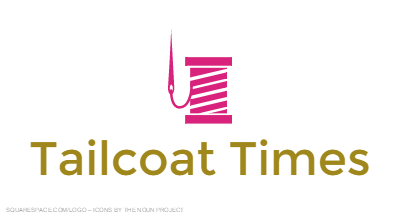I've had the pleasure of attending several local fashion shows this spring and look forward to covering all of the shows I can going forward. The beauty of Fashion and ART is to show the good, bad and ugly while keeping viewers transfixed with the hope of gaining new and returning consumers. The drawing of an audience gives designers & fashion show directors power to influence what is worn NOW and to drive future trends. The key task is to showcase collections in a unique and memorable way; a grocery store converted into a runway or perhaps a traipse down the Great Wall of China?
The ability to scale the ideas of iconic and bold shows presented by luxury / brand name designers down to a more realistic local show is an extremely difficult task. I want to encourage anyone in the process of producing a fashion show to attempt to evoke the same emotions and excitement that the larger established brands have mastered. This is a task that I have yet to see successfully executed in the Boston fashion show arena (namely for Urban artists).
Realistically speaking an established design house's production budget is something that most designers are simply not able to afford, no matter how high the cost of entry or "cheapness" of the venue. The old adage about presenting a filet mignon on a garbage can lid holds very true when it comes to event production, garment quality, and the overall success of a fashion show; if the elements are not presented well it does matter how delicious the offering is.
Confirming designers, selecting models, choosing a venue and gaining quality sponsors & vendors are just a few of the simple steps in the complex orchestration of a successful fashion show. Strategic coordination coupled with cost constraints have flopped many a runway production.
Tailcoat Times is here to help, just shoot us an email.
